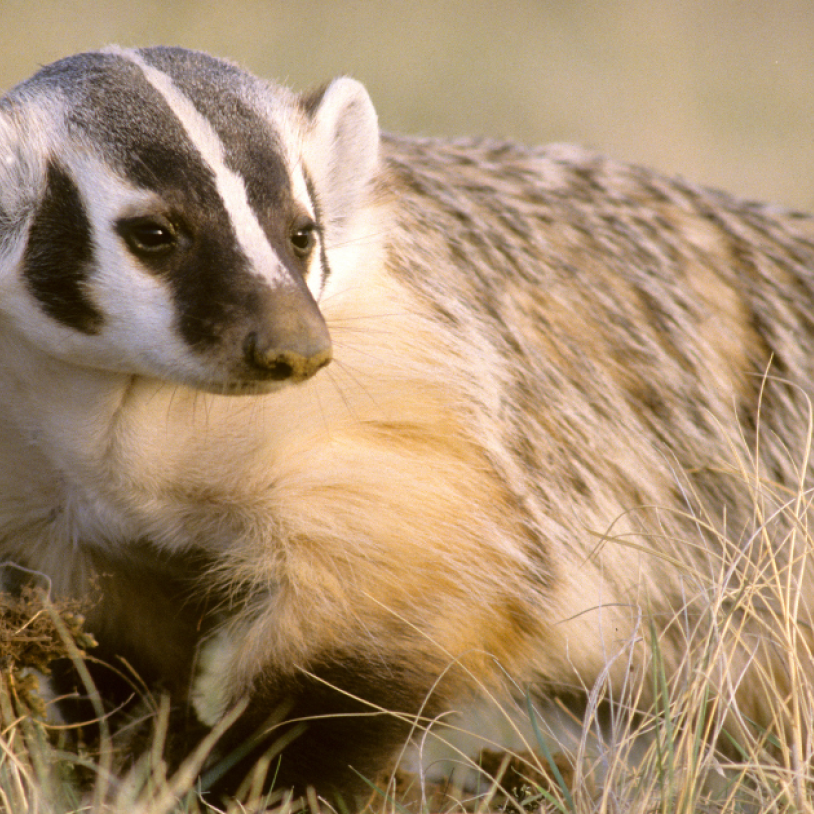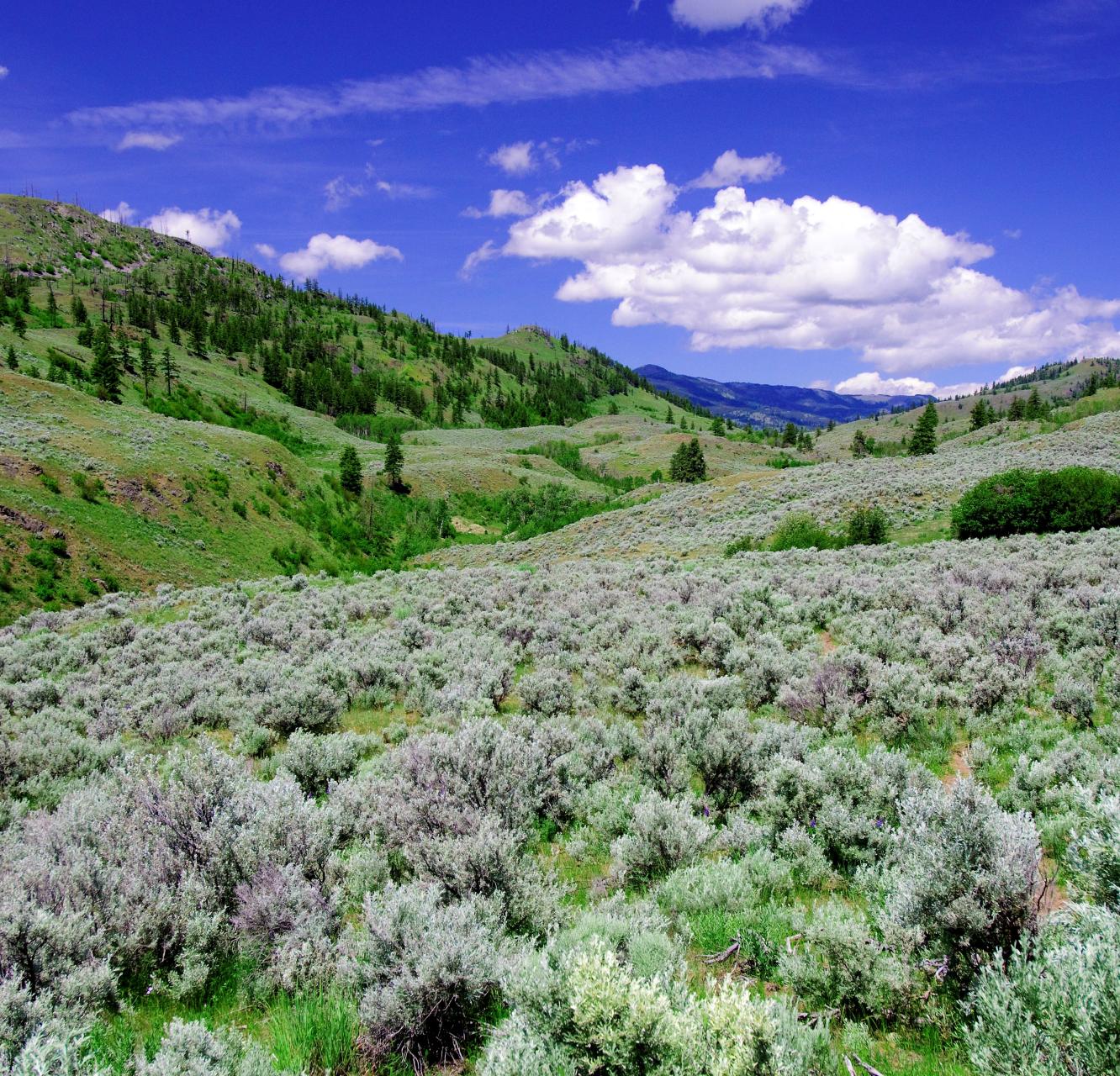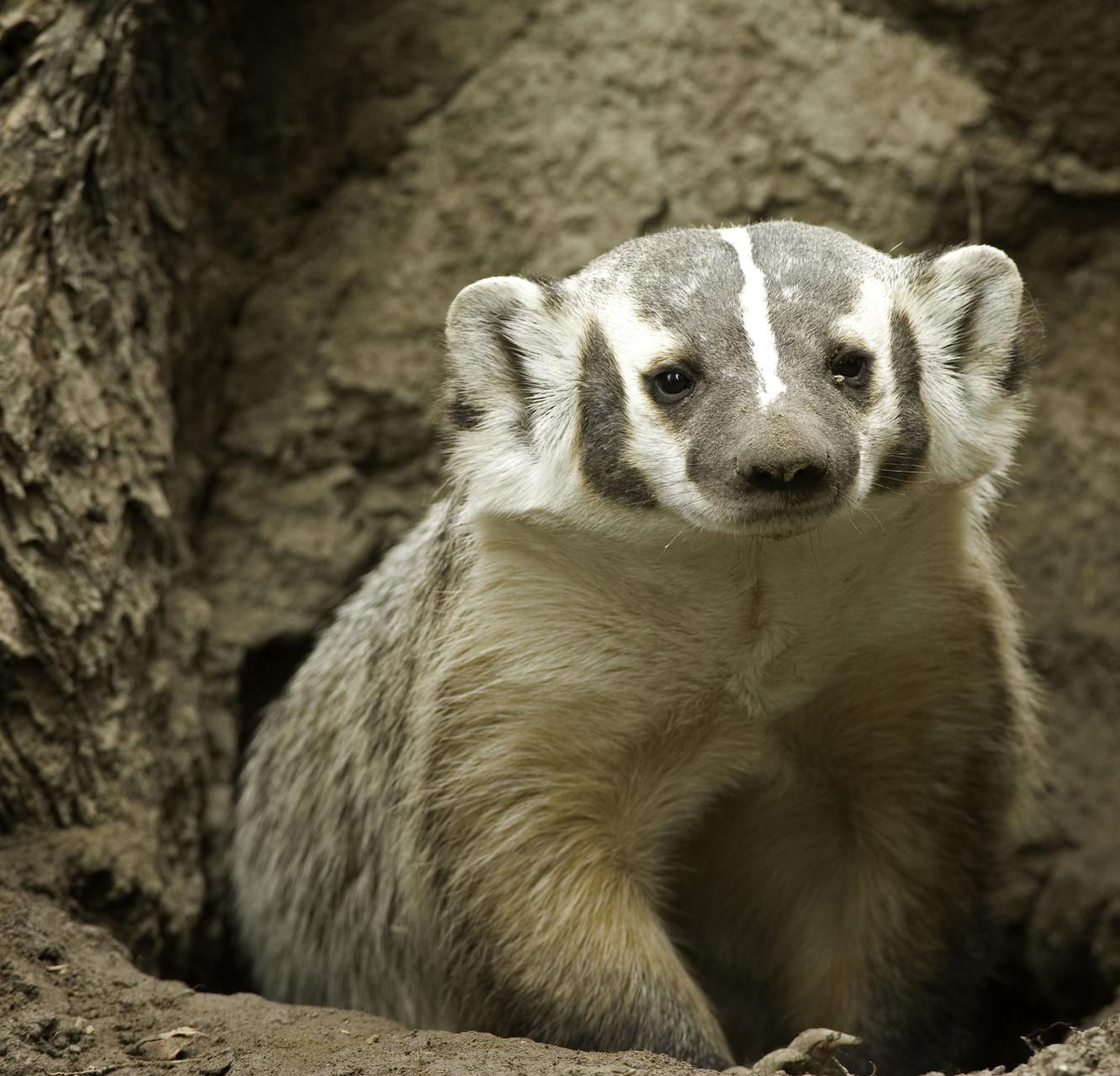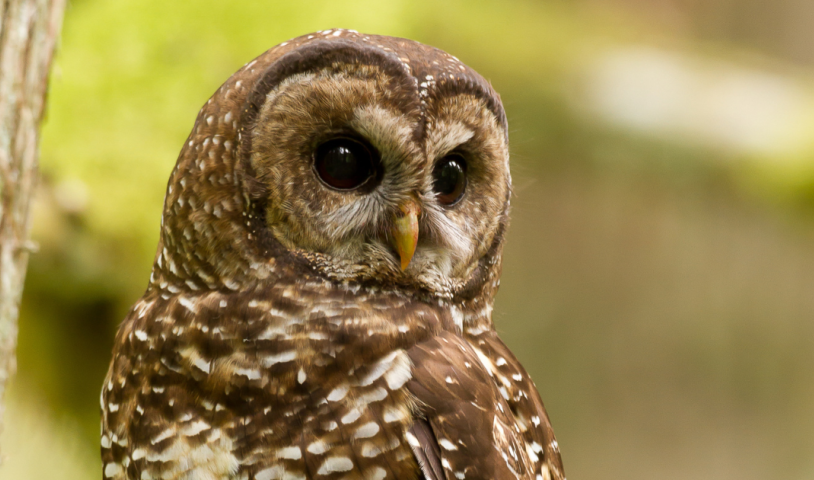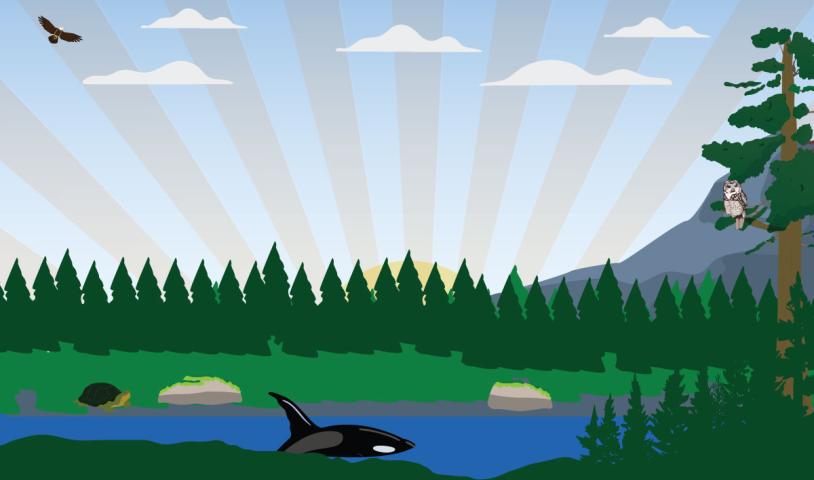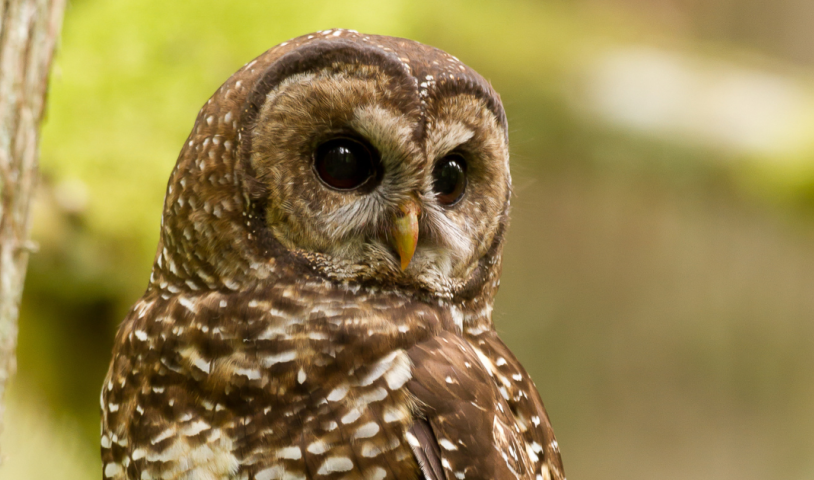Beaker the Burrowing Owl to promote National Park Proposal and 19,000 signature petition
Sunday, May 6, 2007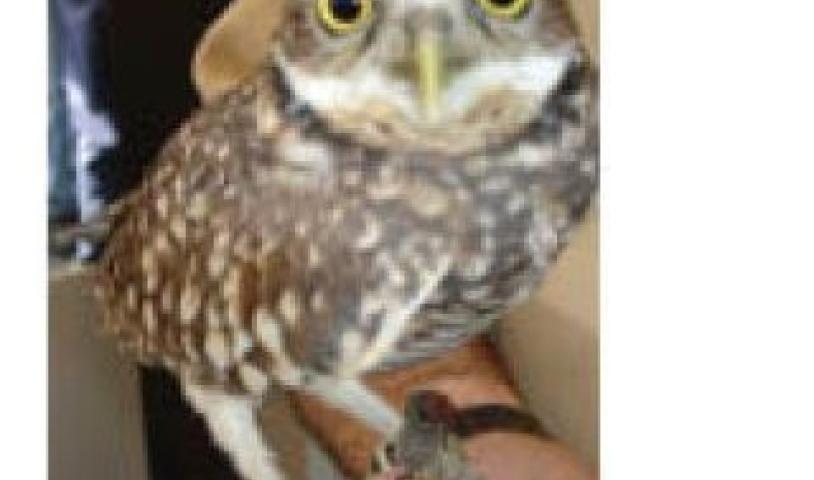
For immediate release - Wednesday, May 7, 2007
A little, endangered burrowing owl named "Beaker" was the eco-mascot at a press conference in Victoria today, Wednesday, May 7 in support of a proposed national park in BCs South Okanagan and Similkameen Valleys.
Beaker didnt directly answer many questions from the media. However, the pop-can sized owl and his handler Mike MacIntosh of the Burrowing Owl Conservation Society (BOCS) was joined by other conservationists, including Doreen Olson of the South Okanagan- Similkameen National Park Network (SOSNPN), Ken Wu of the Western Canada Wilderness Committee (WCWC), and Bob Peart of the Canadian Parks and Wilderness Society (CPAWS), who took questions.
The groups brought copies of a petition (see www.okanaganpetition.org) collected across the country in support of the proposed park. The petition indicates a groundswell of local and national support for the park: 19,000 signatures have been collected from across Canada, including 6000 signatures from the Okanagan region. Last month Alex Atamanenko (MP - BC Southern Interior) introduced the petitions into the House of Commons in Ottawa. A photocopied stack of these petitions was presented to the offices of BC Environment Minister Barry Penner and Bill Barisoff (MLA - Penticton Okanagan Valley) after the press conference.
The proposed national park reserve is located near the towns of Osoyoos, Keremeos, and Oliver in southern BC and would protect endangered grasslands, Ponderosa pine forests, and Canadas only "pocket desert". One third of BCs species at risk live in the South Okanagan, including canyon wrens, badgers, white-headed woodpeckers, tiger salamanders, spotted bats, sage thrashers, and Great Basin spadefoots. A national park in the region would also protect a greater diversity of ecosystems than any existing Canadian national park, ranging from "pocket desert" with rattlesnakes and cacti in the valley bottoms, to alpine tundra with mountain goats on the mountaintops.
The park would produce $72 million in investments, 832 full time equivalent jobs, $56.3 million in incomes, $120 million in expenditures, and $39.9 million in government tax revenues over ten years, according to a 2006 report by the South Okanagan Similkameen National Park Steering Committee.
The BC and federal governments are currently undertaking a joint Feasibility Study through Parks Canada to assess the ecological, political, cultural, and economic considerations of the proposed park. A decision on whether the park will go ahead is expected to occur late this year or in 2009.
More info and maps are available on the following websites:
Parks Canada: http://www.pc.gc.ca/progs/np-pn/cnpn-cnnp/os-os/index_e.asp
Wilderness Committee: http://www.okanaganpetition.org
Canadian Parks And Wilderness Society: http://www.cpaws.org/action/okanagan.php
